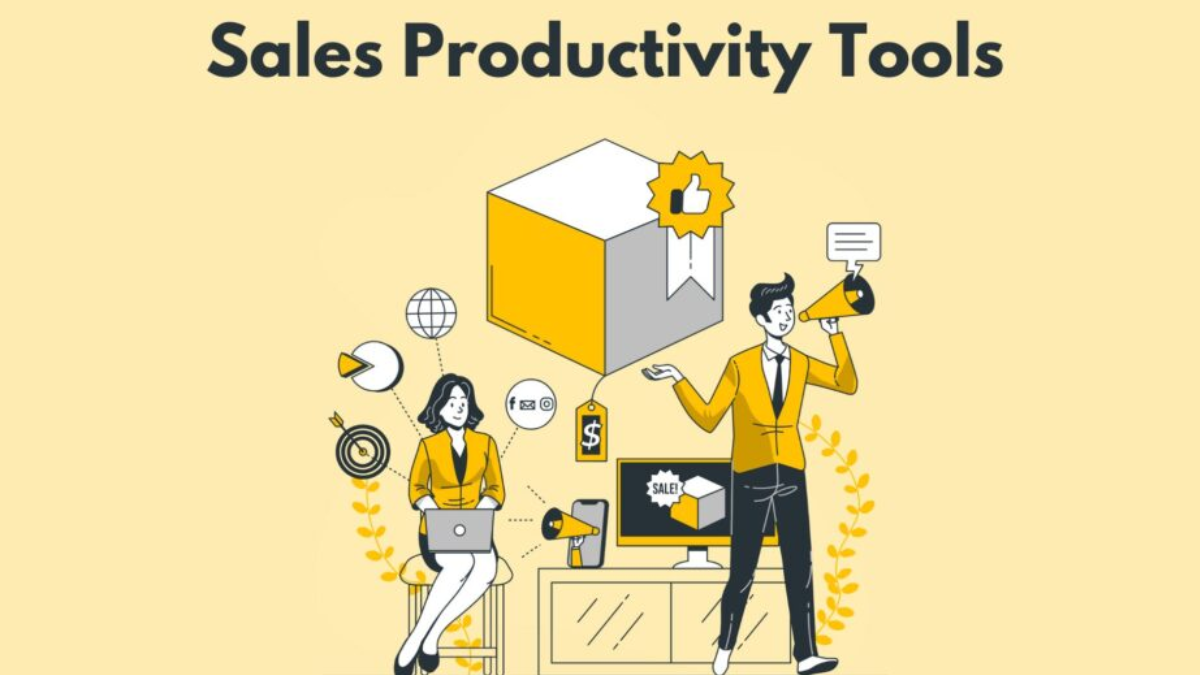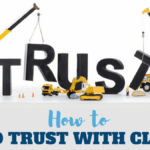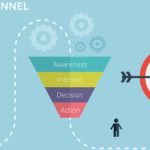In today’s competitive market, sales teams need more than just charisma and communication skills to close deals. With the rise of digital transformation, the smartest and most successful sales professionals are leveraging cutting-edge tools to optimize their sales process, automate time-consuming tasks, and gain powerful insights into customer behavior. This article explores the top smart tools for managing sales like a pro and how to use them to boost efficiency and results.
Why Sales Management Tools Matter
The Changing Landscape of Sales
Gone are the days when managing sales relied solely on spreadsheets and manual follow-ups. Today’s sales environment demands speed, personalization, and data-driven strategies.
Benefits of Smart Sales Tools
- Efficiency: Automate repetitive tasks
- Accuracy: Eliminate manual data entry errors
- Analytics: Real-time insights into sales performance
- Integration: Connect with other business functions like marketing and customer support
- Personalization: Deliver tailored pitches and follow-ups
Categories of Smart Sales Tools
Sales tools fall into multiple categories based on their function. Here are the major ones:
1. Customer Relationship Management (CRM) Systems
CRMs are the foundation of sales management tools.
Popular CRM Platforms:
- Salesforce
- HubSpot CRM
- Zoho CRM
- Pipedrive
Key Features:
- Centralized customer data
- Automated workflows
- Lead tracking
- Pipeline visualization
- Reporting and analytics
2. Sales Enablement Tools
These tools help reps sell more effectively by providing content, training, and communication support.
Top Tools:
- Seismic
- Highspot
- Showpad
Core Benefits:
- Easy access to sales collateral
- Integration with CRM
- Insights into content performance
3. Prospecting and Lead Generation Tools
Automate the process of finding and nurturing leads.
Recommended Tools:
- LinkedIn Sales Navigator
- ZoomInfo
- Lusha
- Hunter.io
Capabilities:
- Contact information discovery
- Lead enrichment
- Data segmentation
- Email tracking
4. Sales Automation Tools
Automate emails, follow-ups, reminders, and repetitive tasks.
Best Tools:
- Outreach
- Salesloft
- Reply.io
Advantages:
- Multichannel campaigns
- Personalization at scale
- Workflow automation
5. Sales Analytics & Reporting Tools
Data is the key to informed decisions.
Powerful Analytics Tools:
- Tableau
- Power BI
- InsightSquared
Functionality:
- Custom dashboards
- KPI tracking
- Real-time performance analytics
6. Communication and Scheduling Tools
Keep sales conversations flowing and meetings organized.
Useful Tools:
- Calendly
- Drift
- Zoom
- Slack
Benefits:
- Seamless meeting booking
- AI chatbots for lead capture
- Enhanced collaboration
How to Choose the Right Sales Tools
Selecting the right combination of tools depends on the specific needs and goals of your sales team.
Step 1: Understand Your Sales Workflow
Map your current sales process. Identify bottlenecks and areas where automation or better data can help.
Step 2: Identify the Features You Need
- Do you need lead scoring?
- Is integration with your email essential?
- Do you want built-in analytics?
- Are you a solo rep or managing a team?
Step 3: Evaluate Scalability
Ensure the tool can grow with your business. You don’t want to switch platforms every year.
Step 4: Test with a Free Trial
Most tools offer free trials. Use them to get a feel for the UI, features, and customer support.
Integrating Smart Tools with Your Sales Stack
Smart sales management comes from integration, not isolation.
Connect Your Tools
- Use APIs or integration platforms like Zapier
- Sync CRM with email, calendars, and analytics
- Avoid siloed data—ensure everything is centralized
Automate Wherever Possible
- Set automated email sequences
- Trigger reminders based on customer actions
- Use AI for forecasting and next-best action suggestions
Train Your Sales Team
Even the best tools fail if the team doesn’t know how to use them. Provide ongoing training and documentation.
Top Smart Tools in 2025 and Their Use Cases
Here’s a curated list of smart sales tools dominating 2025 and what they do best.
| Tool Name | Category | Best For | Standout Feature |
|---|---|---|---|
| Salesforce | CRM | Enterprise sales | Customization & integrations |
| HubSpot CRM | CRM | Startups & SMBs | Free plan with rich features |
| LinkedIn Sales Navigator | Prospecting | B2B Sales | Advanced lead filters |
| Calendly | Scheduling | All sales reps | Easy meeting bookings |
| Salesloft | Automation | Inside sales teams | Email & call automation |
| Seismic | Enablement | Large sales teams | Content analytics |
| Drift | Communication | SaaS companies | AI chatbot integration |
| InsightSquared | Analytics | Sales ops | Revenue intelligence |
Smart Features to Look for in Sales Tools
When evaluating tools, look for features that go beyond the basics:
AI-Powered Insights
AI can forecast trends, suggest actions, and highlight at-risk deals.
Mobile Accessibility
Sales don’t stop at the office. Ensure your tools work well on mobile devices.
Custom Dashboards
Each role should be able to view tailored dashboards to track performance.
Sales Gamification
Tools like Ambition offer leaderboards and goal tracking to boost team motivation.
Real-Time Notifications
Get alerts when leads open your emails, visit your site, or download your documents.
Common Mistakes to Avoid with Smart Tools
1. Overloading Your Stack
Too many tools can confuse your team and waste money. Focus on quality, not quantity.
2. Ignoring Integration
Disconnected tools lead to fragmented data. Always prioritize integration.
3. Neglecting Training
Smart tools are only as smart as the users. Invest in training sessions.
4. Focusing on Features Over Function
A flashy interface is useless without meaningful results. Choose tools that solve real problems.
Future Trends in Smart Sales Tools
AI Will Lead the Way
Expect more predictive analytics, AI-driven emails, and intelligent assistants.
Unified Platforms
All-in-one sales platforms will become more popular to reduce tool fatigue.
Greater Personalization
Smart tools will enable 1-to-1 personalization at scale, making every prospect feel unique.
Voice and Video Sales
Sales tools will increasingly support asynchronous video and voice communication.
Conclusion
Managing sales like a pro in 2025 isn’t about working harder—it’s about working smarter. With the right mix of smart tools, sales professionals can streamline workflows, gain real-time insights, and close more deals efficiently. Whether you’re a solo entrepreneur or leading a global sales team, integrating the right tools can significantly elevate your performance. The future of sales lies in automation, personalization, and data-driven decision-making—don’t get left behind.
Frequently Asked Questions (FAQs)
What is the most important sales management tool?
The CRM system is arguably the most crucial tool. It centralizes customer data, tracks communication, and supports the entire sales pipeline.
Can small businesses benefit from smart sales tools?
Absolutely. Many tools like HubSpot CRM, Calendly, and Mailshake offer free or affordable plans for startups and small teams.
How do I ensure my team adopts these tools?
- Provide training
- Choose user-friendly platforms
- Involve the team in the decision-making process
- Highlight the benefits and time savings
Are there AI-powered sales tools?
Yes, platforms like Salesforce Einstein, Gong.io, and Outreach use AI for forecasting, coaching, and automation.
How often should I update my sales stack?
Review your tools every 6–12 months. Look for outdated tools, feature gaps, and integration issues.
Do I need a separate tool for analytics?
Not always. Many CRMs and automation platforms offer built-in analytics. However, advanced reporting may require tools like Tableau or Power BI.
What’s the difference between sales automation and sales enablement?
- Sales automation: Focuses on automating tasks (emails, reminders, sequences)
- Sales enablement: Provides content and training to help sales reps perform better



